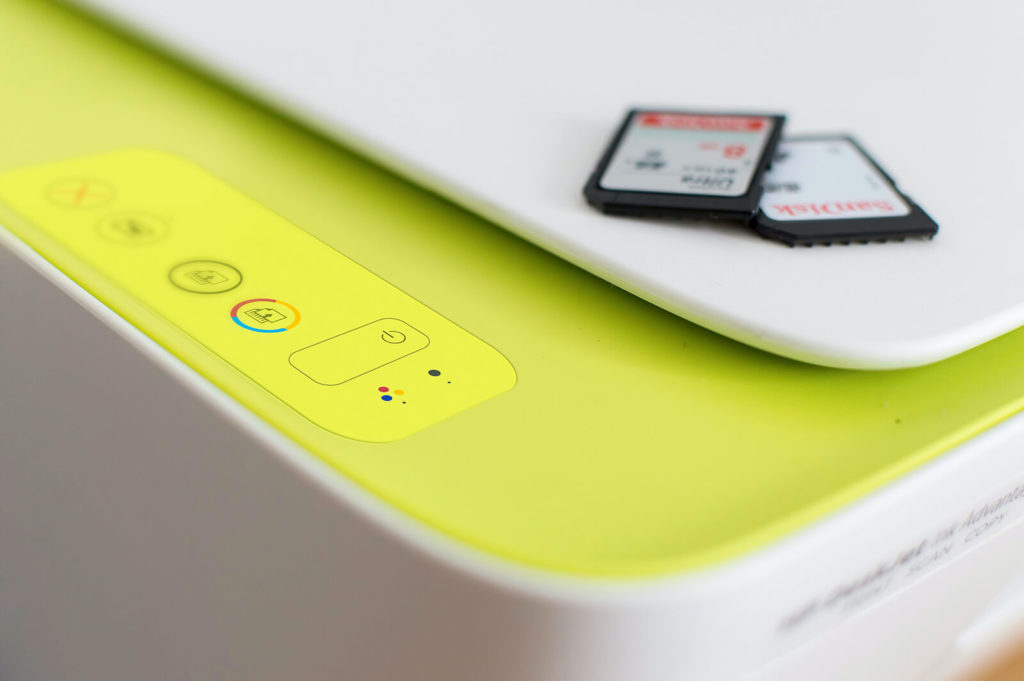How to Self-Publish in an Eco-Friendly Way
In self-publishing, there are a tremendous amount of details to take into consideration. So many details, in fact, that oftentimes issues of ecological sustainability are not paid much attention to. Authors sometimes become overwhelmed with all there is to think about in self-publishing a book, and feel that there isn’t time or money to focus their attention on “green printing.”
Times are changing on this planet, however, and it’s becoming vitally important for all professionals, to figure out how to shift work practices towards sustainability. For all writers who also consider themselves to be environmentalists, it’s critical to publish books in as eco-friendly a way as possible, and there are plenty of resources out there to assist in doing so.
Eco-Friendly Self-Publishing
Publishing a book in an eco-friendly way could mean a lot of things. It could mean simply that one chooses a printer who publishes locally, so that the product is not leaving a carbon footprint behind in transportation. It could mean that one discerns what type of paper they use, or what type of ink. There are 101 different ways to “green” the process, and it’s up to individual authors to decide what environmentally-friendly practices are most important to them.
Choosing an Green Printer:
In fact, choosing to print in an eco-friendly way does not have to be any more complicated or expensive. Here are two printers who offered eco-friendly options:
Bookmobile is a digital press offering competitive prices and fast turn around. They are powered 100% by wind, and offer a few different options for recycled paper. Their 30% recycled paper is quite affordable, while the 100% recycled is less so.
AngelPrint offers many green options, most notably an affordable 100% recycled, 100% post-consumer waste paper option. This paper is also great for books that include a lot of images.

Good Questions to Ask Your Printer:
- What types of inks are being used?
- How does the printer treat their workers. Are they unionized?
- Do they print books in the USA, or are they outsourcing? (This will affect the carbon footprint.)
- What are their different paper options?
- Where do they get their energy?
By asking these questions of printers, they begin to understant that these issues are important to their customers. Make sure to let printers know why you are, or are not, choosing to print your book with them, as this will affect their future business practices.
Online Books
Another great way to be eco-friendly is to provide online access to your publication. There are many great ways of doing this. While ultimately the hope is that people will be led to buy the book after perusing it online, it is encouraging that a paperless option is now readily available. There are also ways of charging money to allow people to download an electronic copy of your book.
Google Books is an amazing resource that allows readers limited access to a wide array of books, online. There are protections on these online books of course: Google does not allow access to the entire book, and printing pages is not an option.
Best Webshops for Printer & Cartridges
Where The Trade Buys
- Express Delivery Available
- Delivery time: 1 days
- Return period: 3 days
- Free delivery !
Flyerzone UK
- Express Delivery Available
- Delivery time: 3 days
- Free delivery !
Onlineprinters UK
- Express Delivery Available
- Delivery time: 2-3 days
- Free delivery !
Canon (UK)
- Delivery time: 4-6 days
- Delivery Cost: £ 3.99
- Return period: 30 days
- Free delivery from £30
Flyerzone
- Express Delivery Available
- Delivery time: 3 days
- Free delivery !
Inkifi
- Delivery time: 5-10 days
- Delivery Cost: £ 3.50
- Return period: 14 days
GB Posters
- Express Delivery Available
- Delivery time: 2-3 days
- Delivery Cost: £ 3.50
- Return period: 14 days
- Free delivery from £30

